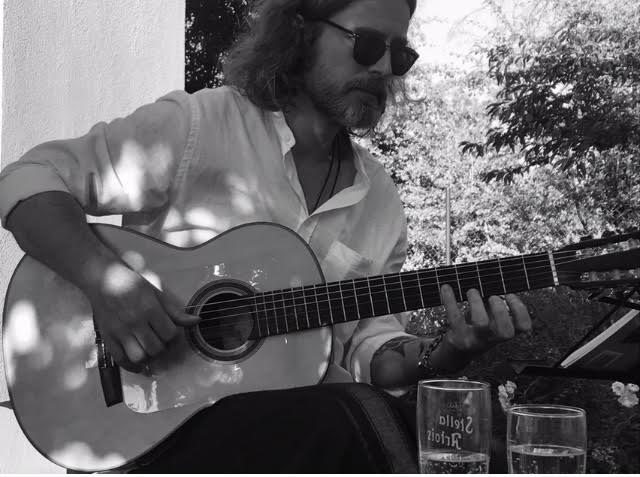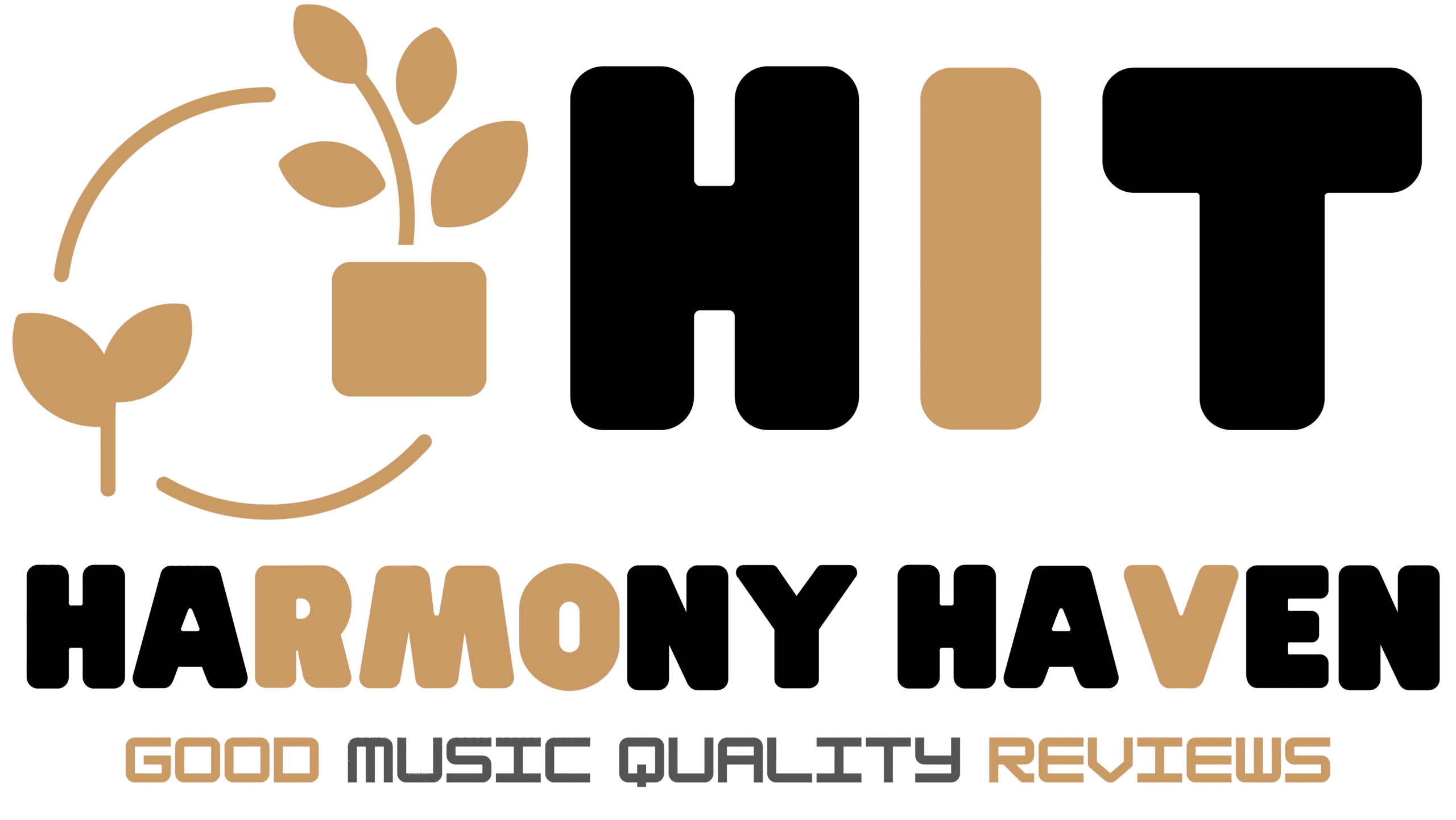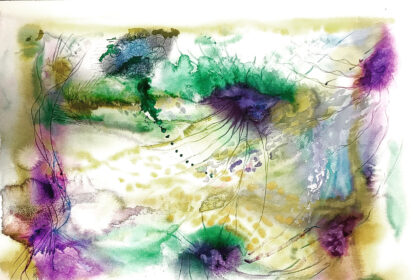There’s a rare kind of honesty that comes through when an artist channels pain into creation, and Paul Gehl’s latest single, “On the Other Side,” captures that spirit in full. Emerging from Luxembourg’s quietly growing indie scene, Paul’s music stands out for its intimacy, depth, and sheer emotional weight. The single — released on October 12, 2025 — is a testament to resilience and rebirth, musically and personally. After a devastating injury that ended his classical and flamenco guitar career, Paul could have walked away from music entirely. Instead, he turned inward, rediscovering his voice through the electric guitar and songwriting. “On the Other Side” feels like the sound of that rebirth — a bridge between loss and rediscovery, between silence and sound.
From the very first notes, “On the Other Side” envelops listeners in a soundscape that feels vast and personal. Built entirely from home recordings, the track showcases Paul’s skill in layering textures — delicate guitar tones bloom into distorted riffs, underpinned by a heartbeat of percussion that feels organic and alive. His approach is meticulous, yet deeply human; every tone, every echo carries intention. You can sense the touch of a craftsman who treats recording as therapy and an art form. The mix is rich but never crowded, allowing his guitar to speak as vividly as any lyric ever could. There’s a certain duality at play — the warmth of classic rock’s analogue soul meeting the introspection of a man composing alone in a small Luxembourg studio. It’s haunting and hopeful all at once.
Vocally and emotionally, “On the Other Side” strikes a chord of quiet defiance. Paul doesn’t reach for grand gestures or theatrical drama; instead, he delivers his message through authenticity. His voice, slightly roughened by experience, carries the weight of someone who’s walked through struggle and come out the other end changed. Lyrically, the song lives in the space between endings and beginnings — a reflection on how transformation rarely feels clean or easy. There’s melancholy, yes, but also an underlying sense of acceptance, of peace in the act of moving forward. When Paul sings about crossing to the other side, it’s not just a metaphor for recovery, but a declaration of identity, of choosing creation over despair.
What makes “On the Other Side” so compelling is the way it bridges influences without losing individuality. You can hear the fingerprints of Black Sabbath and Led Zeppelin in the heavy yet melodic guitar work — those roots in classic rock and metal are undeniable. But Paul reinterprets them through a modern, introspective lens. His sound isn’t about imitation, but evolution. The riffs may carry the grit of the ’70s, but the emotion feels entirely contemporary — the kind of raw, unfiltered energy that speaks to anyone who’s faced reinvention in their own life. And beyond the technical brilliance lies something rarer: sincerity. You can tell Paul isn’t writing to impress, but writing to feel. His guiding mantra, “If it sounds good, it is good,” radiates throughout the track — a philosophy that values instinct over perfection.

In the end, “On the Other Side” feels like a personal and artistic milestone. It’s a song born from solitude but made to connect — a reminder that even in isolation, creativity can build bridges. Listening to it, you hear a musician refining his craft and a man reclaiming his purpose. The home studio in Luxembourg becomes a sanctuary, the layered guitars become confession, and the final mix becomes catharsis. Whether you’re drawn in by the intricate musicianship or the emotional honesty, “On the Other Side” leaves an impression that lingers long after it ends. In a time when much of music feels overproduced and underfelt, Paul Gehl offers something timeless: authenticity, heart, and the courage to begin again.






